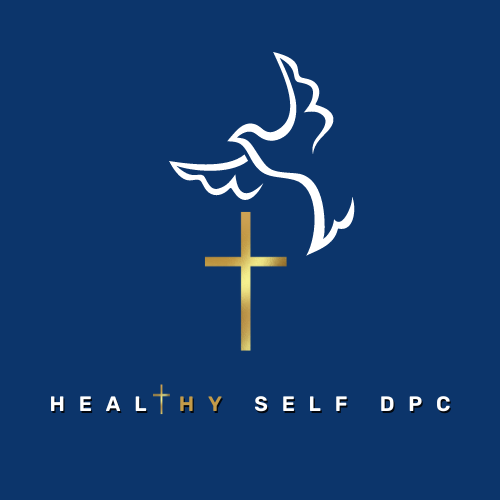Osteopathic Manipulation
What is Osteopathic Manipulation Medicine (OMM)?
Osteopathic medicine is a distinct approach to healthcare practiced by Doctors of Osteopathic Medicine (DO). DOs account for approximately 11% of all physicians in the United States.
Osteopathic Manipulation Medicine (OMM) is the practice of osteopathic philosophy with a hands-on evaluation and treatment (OMT) performed by your osteopathic physician. It involves using the hands to diagnose, treat and prevent illness or injury.
The osteopathic philosophy of care is centered on 4 Osteopathic Tenets:
- The body is a unit; the person is a unit of body, mind, and spirit.
- The body is capable of self-regulation, healing and health maintenance.
- Structure and function are reciprocally interrelated.
- Rational treatment is based upon an understanding of the basic principles of body unity, self-regulation and the interrelationship of structure and function.
How are DOs different from MDs?
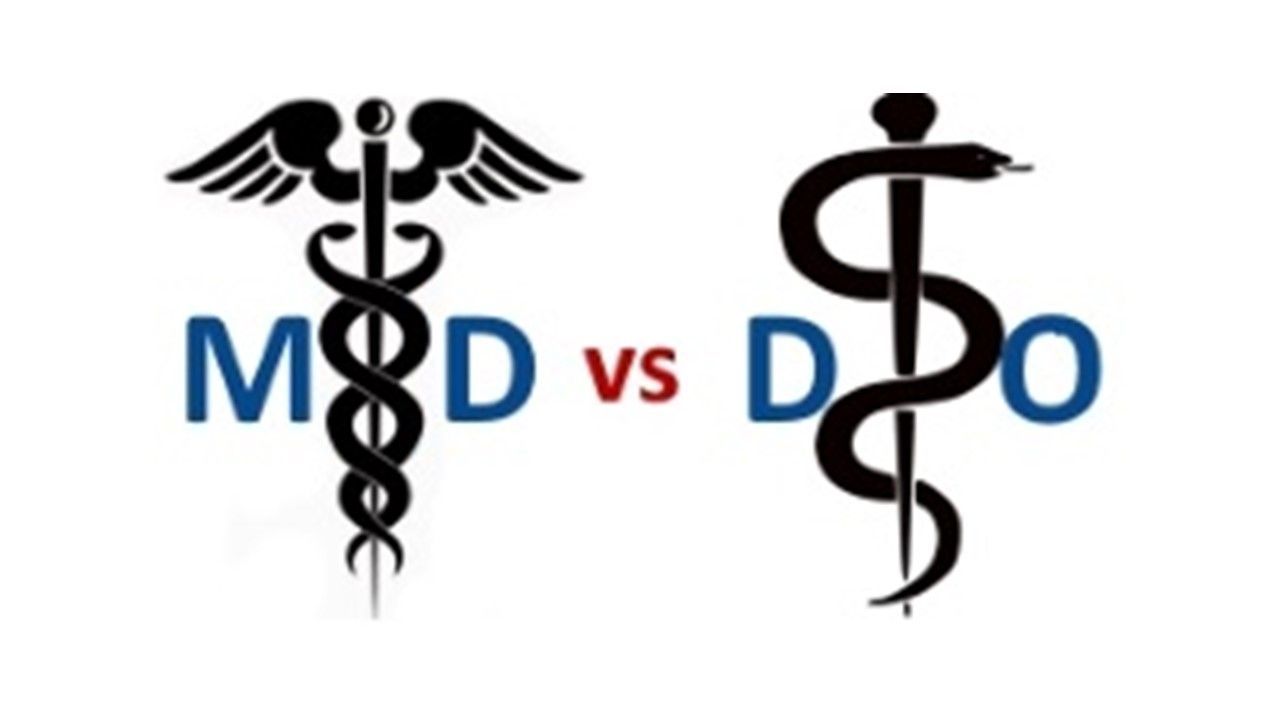
DO, short for Osteopathic Doctor, receives a medical degree from a U.S. osteopathic school. From day one of medical school, DOs are trained to look beyond your symptoms and to understand how your environmental and lifestyle impact your health. They have a more holistic approach, considering a patient’s environment, nutrition, and body system as a whole when diagnosing and treating medical conditions. They can be found practicing in every specialty, including primary care, ER, surgery, OBGYN, and psychiatry.
DOs are required to complete an additional 200 hours of training in osteopathic manipulative medicine, in addition to a standard education in medicine that all medical doctors must obtain. By combining this knowledge with the latest advances in medicine, they offer patients one of the most comprehensive approaches available in healthcare.
Dr Eller completed an extra year of medical school training focused exclusively on osteopathic manipulation, and later taught full time for 2 years at the Sam Houston's College of Osteopathic Medicine Department of Osteopathic Principles and Philosophy, where she still assists in training osteopathic medical students in OMT.
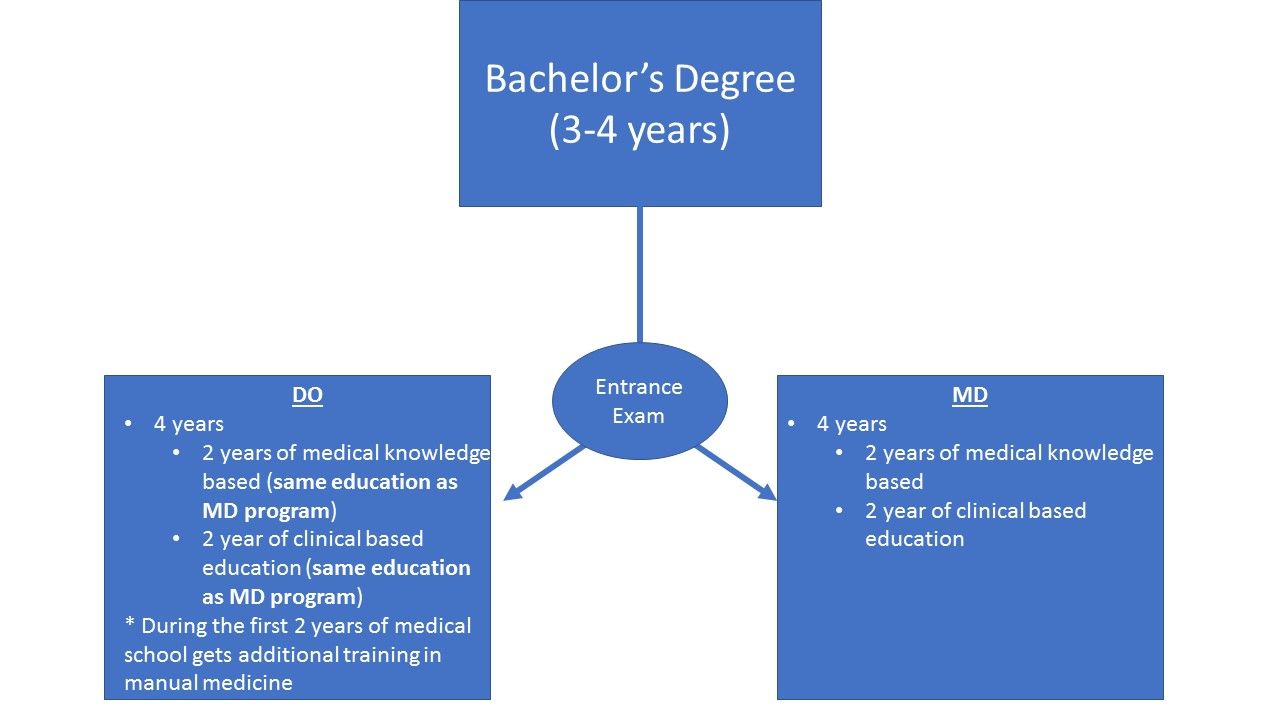
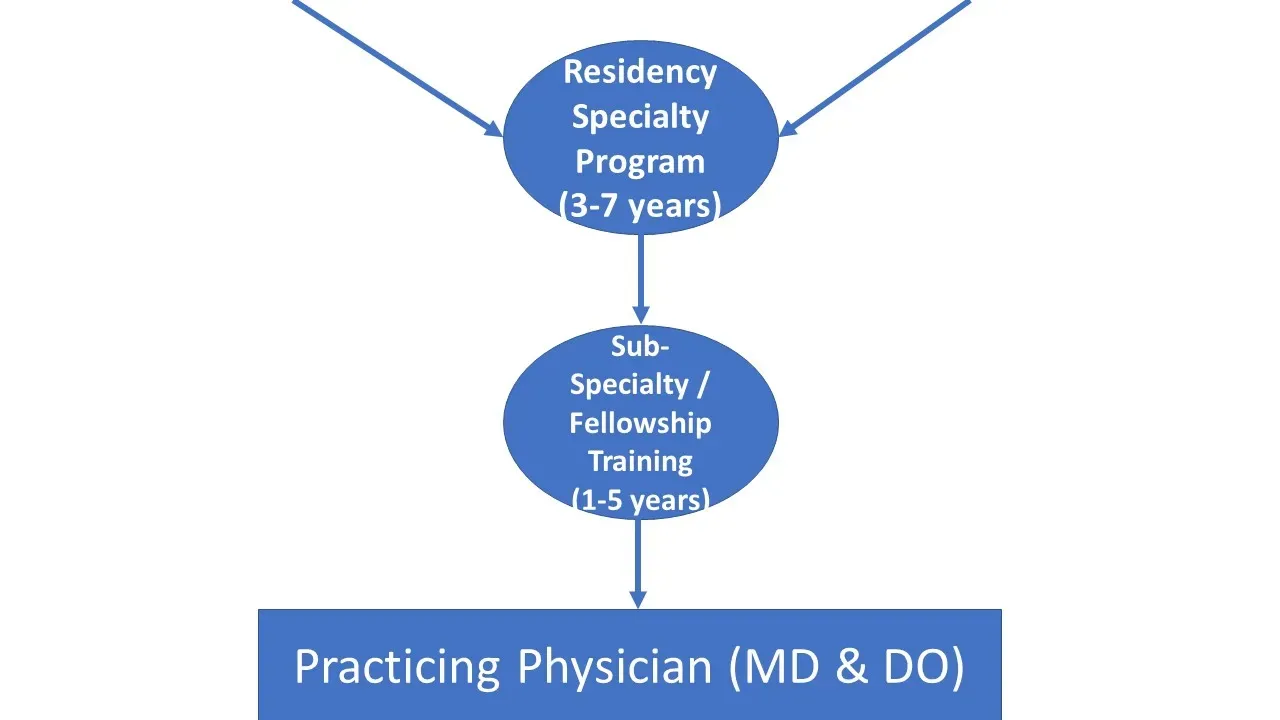
What is Osteopathic Manipulation Treatment (OMT)?
Osteopathic Manipulative Treatment (OMT) is a whole system evaluation & treatment method with a goal to maintain health and prevent illness or injury by restoring normal body function.
Using a hands-on approach, the osteopathic physician will move tissue, muscles, and joints using techniques that include stretching, thrusting, and gentle or firm pressure.
Dr Eller is well versed in myofascial release, cranial sacral therapy, visceral (organ) manipulation, fascia distortion model (FDM), muscle energy, counterstrain, articulatory technique, facilitated positional release, Still's technique, and high-velocity low amplitude techniques, aka "cracking".
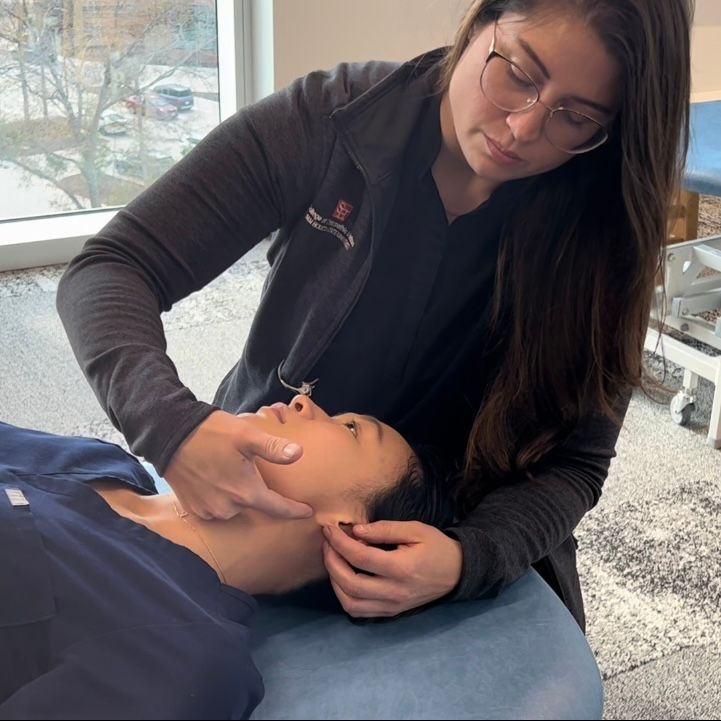
What can OMT treat?
Goals of treatment are to relieve pain, promote healing, and improve mobility & circulation. Several conditions can benefit, including:
Chronic pain | POTS
Musculoskeletal Pain | Sciatica | Trigger Points
Asthma and COPD
Migraines | Concussions | TMJ
Sinus disorders
Digestive disorders/Constipation
Back pain in pregnancy
Dizziness/Imbalance
Sports and Overuse injuries
Menstrual pain
Carpal tunnel | Thoracic Outlet Syndrome
Whiplash and Falls
Anxiety | Depression | Fibromyalgia
Infant constipation and feeding issues
Many others


What to expect from an osteopathic treatment?
After reviewing your medical history and performing a physical exam, an osteopathic manipulation evaluation begins with assessing posture, spine, and balance. Dr Eller will use her hands to palpate your head, spine, abdomen, and extremities to assess tissue changes, fascia pull, and mobility of the organs and joints involved. Based on her exam findings, Dr Eller will form a unique treatment plan tailored to you.
When applicable the use of cupping, dry needling, or acupuncture may be used in conjunction with OMT. Standard treatment sessions are 30 minutes, longer times available upon request and availability.
How are DOs different from a chiropractor?

1. DOs focus not only on the spine and muscles, but all bones, tissues, and organs from cranium to toes.
2. Chiropractors cannot prescribe medicine.
3. Your DO will only suggest to be treated as needed, often following up 1-4 weeks after your first visit, not coming in multiple days a week.
4. DOs can adjust your spine similar to a chiropractor. They also have other techniques that do NOT involve "cracking and popping".
How many OMT visits do I need?
Each individual treatment plan is unique. Visit frequency and number of visits required will vary depending on patient’s health status, their own perception of their health, chronic conditions, environmental factors, and patient motivation. Treatment duration can vary from one to several months.
